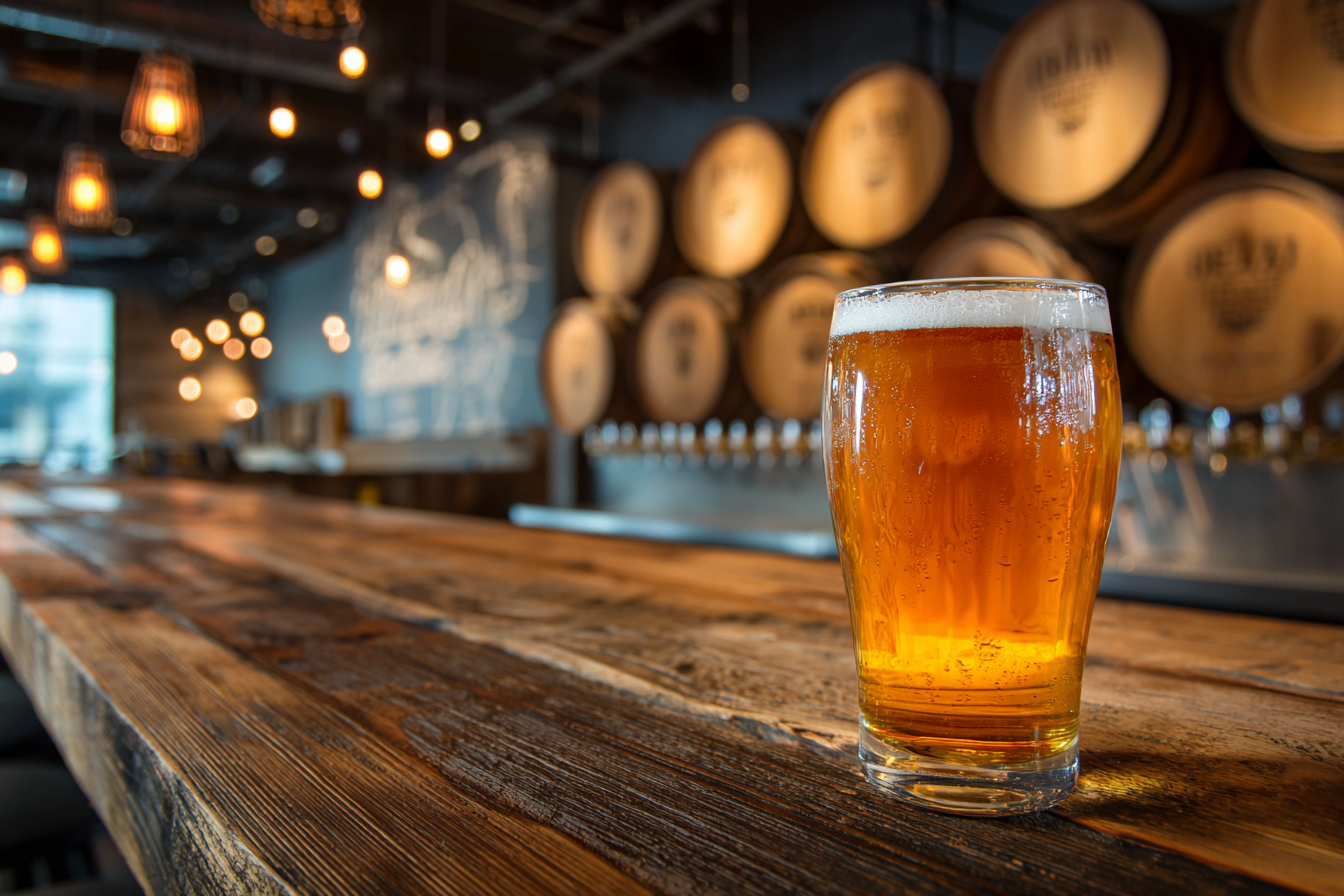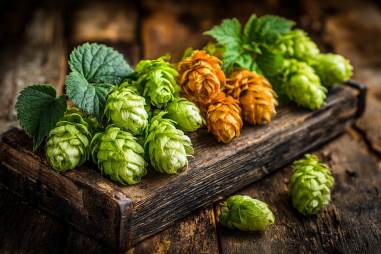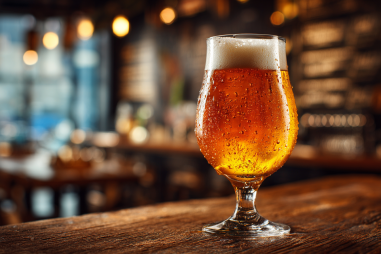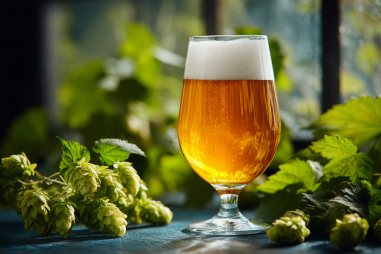American Pale Ale (APA) is a beloved style known for its balanced, hop-forward character and refreshing qualities. To truly savor the crisp flavors and aromas that define an APA, knowing the right serving and storage methods is crucial. Whether you’re a casual drinker, a craft beer enthusiast, or a bar owner, applying best practices will ensure that every glass of APA you pour delivers the best drinking experience possible. Let’s dive into the essential tips for storing, serving, and enjoying this classic beer style.
Ideal Storage Temperatures for APA
Maintaining the right temperature for storing American Pale Ale plays a significant role in preserving its taste, aroma, and freshness. APAs should ideally be stored at a cool, consistent temperature—between 45°F and 55°F (7°C to 13°C) is optimal. This range slows the aging process and prevents the beer from developing off-flavors.
Temperatures colder than 40°F (4°C) can dull the hop character and mask subtle malt flavors, while warmer storage above 60°F (15°C) risks accelerating oxidation and loss of freshness. A temperature-controlled refrigerator or dedicated beer fridge is an excellent investment for serious enthusiasts aiming to maintain the quality of their APA collection.
Shelf Life and Freshness Indicators
American Pale Ale is best enjoyed fresh. Unlike some high-alcohol or barrel-aged beers, APAs have a relatively short shelf life because their vibrant hop profiles fade quickly. Typically, an APA will maintain its peak freshness for about 3 to 6 months from the packaging date if stored properly.
Look for packaging dates or best-by labels on bottles and cans to gauge freshness. Additionally, the taste and aroma can serve as indicators. If the beer smells flat, dull, or has notes of cardboard or wet paper, it’s likely past its prime, usually a sign of oxidation. A sour or off-taste suggests spoilage and should be avoided.
Proper Glassware Choices
Choosing the right glassware can enhance the enjoyment of an American Pale Ale by showcasing its aroma, head retention, and color. The classic choice is the tulip-shaped or American pint glass, both designed to capture and concentrate the beer’s floral and citrus hop aromas.
- Tulip Glass: Its slight inward curve helps trap aromas, making every sip aromatic and flavorful.
- American Pint Glass: Often used in bars, it offers a good balance of head retention and ease of use.
- Snifter or Stemmed Glass: Though less common for APAs, these can also work well by focusing aromas and allowing a fuller flavor experience.
Cleaning glassware thoroughly and avoiding any soap residue or grease is equally important, as these can spoil the beer’s head formation and aroma release.
Recommended Serving Temperatures
The ideal serving temperature for American Pale Ale is between 45°F and 55°F (7°C to 13°C). Serving within this range allows APAs to showcase their vibrant hop bitterness, juicy citrus notes, and malt backbone without overwhelming chill masking flavors.
Serving it too cold (below 40°F or 4°C) numbs the palate and hides aromas, while serving it too warm (above 60°F or 15°C) can exaggerate bitterness and reduce drinkability. For a perfect balance, refrigerate the APA beforehand and bring it out of the fridge about 10 to 15 minutes before pouring.
Pouring Techniques for Optimal Head and Aroma
How you pour your APA matters just as much as temperature and glassware choice. The goal is to create a controlled head of about one to two inches (2.5 to 5 cm), which releases aromatic compounds and enhances flavor perception.
Follow these pouring tips:
- Tilt the glass: Hold your glass at about a 45-degree angle when starting to pour.
- Pour gently: Aim the stream down the side to minimize excessive foam initially.
- Straighten gradually: As the glass fills up, gradually bring it upright toward the end.
- Finish with some foam: Allow a nice head to form to trap aromatics and create a pleasant mouthfeel.
Doing this helps release the essential hop aromas and preserves the beer’s effervescence.
Effects of Improper Storage or Serving
Failing to store or serve American Pale Ale properly can dramatically diminish the drinking experience. Improper storage at high temperatures or exposure to light and oxygen accelerates oxidation, leading to stale flavors, a flat mouthfeel, and loss of hop aroma. These faults mask the beer’s intended balance and refreshment.
On the serving side, pouring too aggressively or into dirty glassware can destroy the delicate foam head, reducing aroma intensity and altering the mouthfeel. Additionally, serving at incorrect temperatures either mutes the hop character or intensifies bitterness uncomfortably.
Poor handling also increases the chances of sediment disturbance, which could introduce off-flavors or a murky appearance.
Tips for Bars and Home Enthusiasts
Whether you’re running a bar or enjoying APA at home, these tips will help maintain the quality of your beer:
- Rotate Stock Regularly: Always serve the freshest beers first, making sure older stock is consumed promptly.
- Use Draft Systems with Care: Regularly clean lines to avoid off-flavors and ensure proper carbonation.
- Educate Staff and Guests: Teach pouring techniques and proper glass hygiene to enhance enjoyment.
- Store in Darkness: Keep bottles or cans away from sunlight or fluorescent lighting, which can cause “skunking.”
- Invest in a Dedicated Fridge: For home enthusiasts, a temperature-controlled fridge helps maintain ideal APA conditions.
- Serve APA Last: When tasting multiple beer styles, serve American Pale Ales last to preserve the experience, as their delicate flavors can be overwhelmed.
Enhancing Your American Pale Ale Experience
Serving and storing your American Pale Ale with care unlocks its vibrant hop aromas, balanced bitterness, and refreshing qualities. By keeping your APAs at the right temperatures, pouring thoughtfully, and using appropriate glassware, you ensure every sip is crisp and flavorful. Avoiding common pitfalls like improper storage or temperature extremes preserves the beer’s freshness and makes every occasion more enjoyable. Whether sharing with friends at home or crafting the perfect pour in a bar, these simple but effective steps maximize the APA drinking experience and deepen appreciation for one of America’s favorite craft beer styles.







